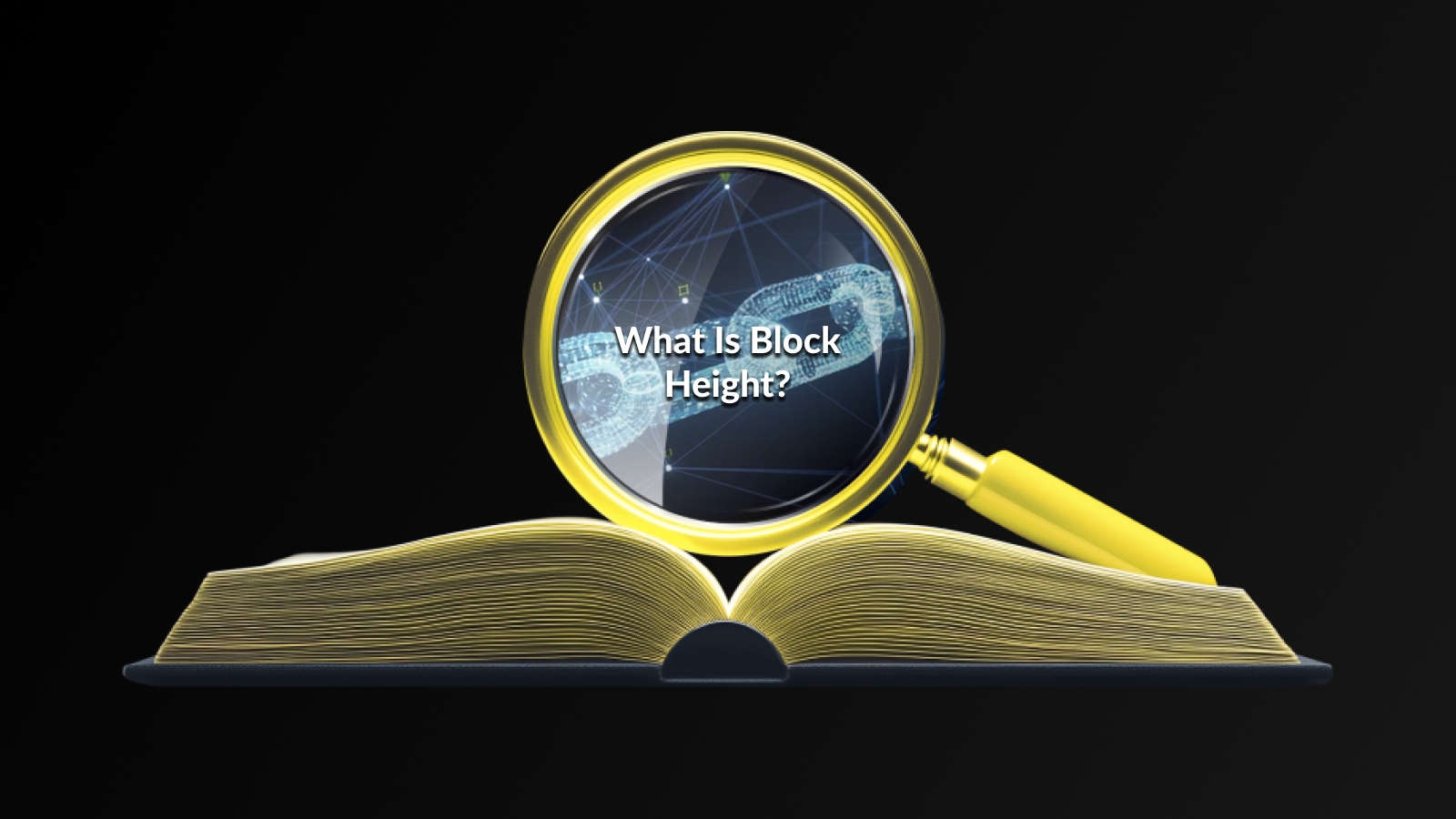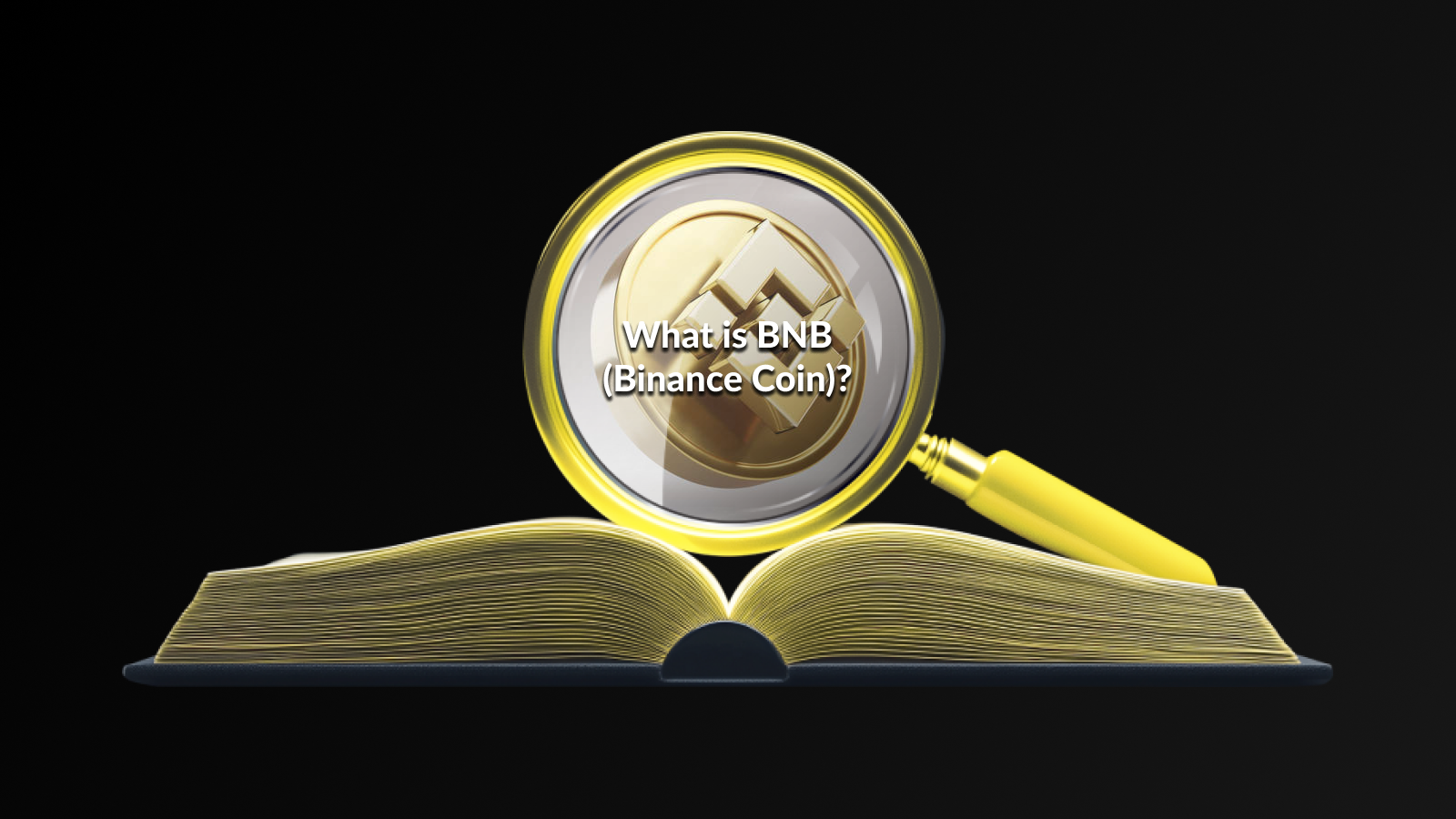Introduction
The concept of Block Height in Cryptocurrency is a crucial aspect of blockchain technology that refers to the number of blocks that have been added to the blockchain. Each block is linked to the previous one, forming a chain that keeps all transactions secure and validated. Essentially, the block height serves as a chronological indicator of the state of the blockchain at any given time.
As new transactions are processed, each block gets appended to the end of the blockchain, incrementing the block height by one. This incremental growth is vital for developers, miners, and users, as it allows them to understand the history and the overall functionality of the blockchain.
In the context of various cryptocurrencies, monitoring the block height helps participants determine the legitimacy of transactions, the efficiency of the network, and even assists in navigating potential forks. Understanding block height is essential for anyone engaged in cryptocurrency, as it directly correlates with security, transaction validation, and network operations.
Why Is Block Height Important?
Understanding Block Height in Cryptocurrency is fundamental to grasping how blockchain networks operate. Block height serves as a critical metric that indicates the position of a specific block within a blockchain. It is essential for various reasons:
- Transaction Verification: Each block contains a unique set of transactions, and its height indicates the chronological order of these transactions. The higher the block height, the more secure and confirmed the transactions are, as they have been included in the blockchain for a longer period.
- Network Integrity: Block height plays a vital role in maintaining the integrity of the blockchain. Miners and validators rely on it to ensure that they are working on the latest version of the blockchain. Any discrepancies in block height among network participants can lead to forks or confusion in validating transactions.
- Data Synchronization: Nodes in a blockchain network use block height to synchronize their data. When a node connects to the network, it requests the latest block height to ensure it has the most up-to-date information. This synchronization is crucial for the efficient functioning of a decentralized network.
- Historical Analysis: Developers and analysts can use block height to track historical data and analyze trends over time. This information can facilitate research, improve scaling solutions, and aid in decision-making processes for future updates or protocol changes.
Block Height in Cryptocurrency is not just a mere number; it has significant implications for the overall functionality, security, and reliability of blockchain technology.
How Block Height Works
In the world of blockchain technology, Block Height in Cryptocurrency serves as a critical measure of the blockchain’s chronological order. Each block in a blockchain contains a unique block height that denotes its position in the chain, starting from zero for the genesis block. As new blocks are added, the block height increments by one, creating a linear progression that aids in the verification and integrity of transactions.
Block height plays a significant role in network consensus mechanisms. For instance, in proof-of-work systems, nodes may create new blocks at varying times; however, the block height helps maintain cohesion by establishing which blocks are confirmed and accepted by the network. This prevents issues such as double-spending and ensures that all nodes work with the same chain of transactions.
Moreover, the visibility of block height allows users to trace back transactions to their origins. Each user can verify transaction histories and statuses by referencing the specific block height at which a transaction occurred. This level of transparency reinforces trust within the network and enables users to perform audits reliably.
Additionally, block height is often referred to when discussing forks in a blockchain. If a network undergoes a soft or hard fork, the last confirmed block height before the split is critical for determining the state of transactions and balances on both chains that emerge from the division.
Applications of Block Height
The concept of Block Height in Cryptocurrency serves multiple practical applications within the blockchain ecosystem. One significant application is in the determination of transaction ordering. Each block has a specific height that verifies the order of transactions, ensuring that they are processed accurately and in a chronological manner.
Additionally, Block Height in Cryptocurrency plays a crucial role in network consensus mechanisms. By establishing a definitive height for blocks, it enables nodes within the network to reach an agreement on the current state of the blockchain. This consensus is essential for maintaining the integrity and security of the decentralized network.
Another important application is in the analysis of blockchain data. Developers and analysts utilize block height to assess the activity level within the network over time. By examining the frequency and size of blocks added at various heights, they can gain insights into user engagement, transaction volume, and overall network health.
Block Height in Cryptocurrency is utilized in governance proposals and upgrades. Many blockchain systems implement changes or improvements at specific block heights, allowing for a structured approach to network evolution. This ensures that users are aware of upcoming changes and can prepare accordingly.
Challenges Associated with Block Height
While Block Height in Cryptocurrency is a fundamental concept in blockchain technology, it also presents several challenges that can impact the efficiency and security of blockchain networks. One significant issue is the potential for forks, which occur when two competing versions of the blockchain emerge at the same block height. This can lead to fragmentation and confusion among users, as it may be unclear which chain to follow, potentially undermining the integrity of the network.
Another challenge is the scalability of block height. As a blockchain grows, the increasing number of blocks can complicate transaction verification and lead to longer processing times, impacting user experience. Many cryptocurrency networks are still seeking solutions to enhance scalability while maintaining security and decentralization.
In addition, the reliance on block height can create obstacles for interoperability between different blockchains. Since each blockchain operates independently with its own block height system, transferring assets or information across networks can be complicated and may require additional protocols or bridges.
Monitoring Block Height in Cryptocurrency requires significant computational resources and can strain network performance, particularly during periods of high transaction volume. Efficient tools and technologies are essential to manage and track block height without compromising the speed and reliability of the blockchain.
Conclusion
Understanding Block Height in Cryptocurrency is crucial for anyone involved in the world of blockchain technology. It not only serves as a fundamental aspect of how blockchain operates but also plays a significant role in assessing the health and stability of a network.
The concept of block height offers insights into the progression of a given blockchain, allowing users and developers alike to track the evolution of transactions and smart contracts. Moreover, it can be utilized for various applications, ranging from auditing the integrity of data to enhancing security measures.
However, as with any technology, challenges related to Block Height in Cryptocurrency exist, necessitating ongoing advancements and solutions to maintain the integrity and efficiency of blockchain systems. As the industry matures, staying updated on these aspects will be essential for leveraging the full potential of blockchain technology.
Grasping the significance of block height reinforces the foundational knowledge necessary for navigating the intricacies of cryptocurrency ecosystems. Being well-informed on this topic equips users with the tools needed for effective participation in this rapidly evolving landscape.
Frequently Asked Questions
What is block height in blockchain technology?
Block height refers to the number of blocks in the blockchain that have been mined before a particular block, which means it measures the length of the blockchain.
How is block height significant for transactions?
Block height is significant because it helps determine the order of transactions. Each block contains metadata including transaction history, and the height indicates how deep in the blockchain that particular block sits.
Can block height affect the confirmation time of a transaction?
Yes, a higher block height can signify that a transaction has been confirmed more times, which typically increases its security and finality.
Is block height the same across different blockchains?
No, block height is unique to each blockchain. Different blockchains have different block generation times and structures, thus resulting in varying block heights.
How do miners utilize block height?
Miners use block height to verify which blocks have been mined and to ensure they are adding the next block correctly. It also allows them to track rewards and confirm the accuracy of the blockchain.
What happens if a blockchain forks at a certain block height?
If a blockchain forks at a certain block height, it creates two separate chains from that point onward. One chain continues from the original height, while the other follows a different path determined by new blocks.
How can users check the block height of a blockchain?
Users can check the block height by accessing a blockchain explorer, a tool that provides real-time data on block information, transaction history, and overall network status.
Disclaimer
The information provided in this article about Block Height in Cryptocurrency is for informational purposes only and should not be considered financial advice. Cryptocurrency trading and investment involve significant risks, and it is essential to conduct thorough research and consult with a financial advisor before making any decisions.
While the concept of Block Height in Cryptocurrency is crucial for understanding blockchain technology, individual experiences and outcomes may vary widely. This article aims to explain the topic to the best of our knowledge as of October 2023, but we cannot guarantee the accuracy or completeness of the information provided.
Furthermore, the blockchain space is continually evolving, and new developments may alter the context and implications of Block Height in Cryptocurrency. We recommend staying updated with the latest trends and changes in the market.
By reading this article, you acknowledge that you understand the inherent risks associated with cryptocurrency investments and agree to take full responsibility for any financial decisions made based on the information provided herein.
While we strive to provide accurate and relevant information regarding Block Height in Cryptocurrency, it is your responsibility to verify and utilize this information wisely.





